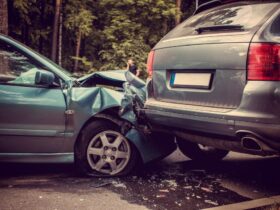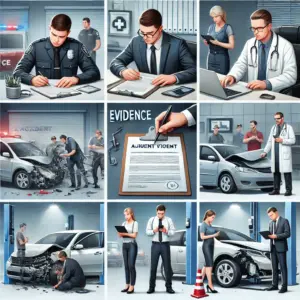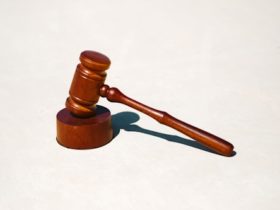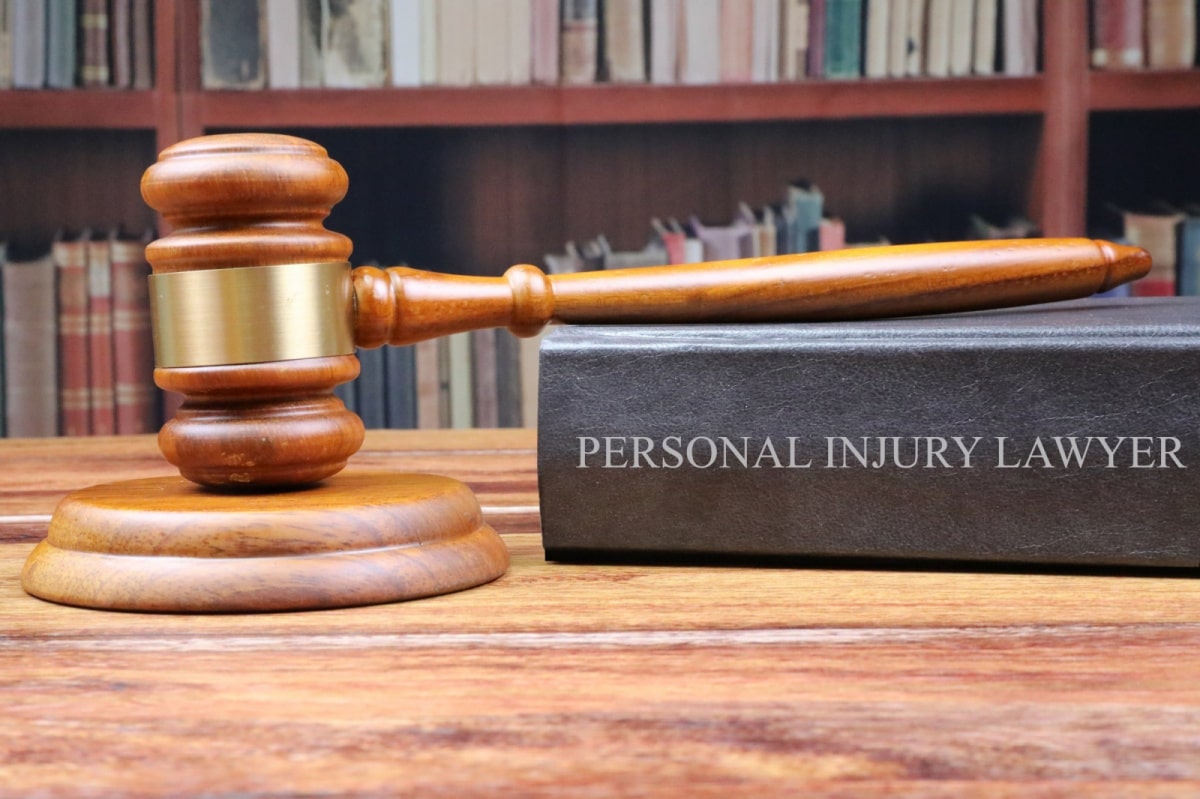Navigating a car accident injury claim can feel overwhelming. You’re recovering, dealing with insurance, and trying to gather evidence to support your claim. Understanding what evidence you need is critical, and getting it right can make a significant difference. First, you must have a clear record of the accident. This includes police reports that detail the incident and any citations. Next, focus on medical documentation. These records show the extent of your injuries and the treatment you received. Photos of the accident scene, damage, and your injuries can also be powerful evidence. Witness statements add another layer of proof. They can offer unbiased perspectives on the incident. Staying organized is crucial. Collecting these pieces helps build a strong case. A personal injury lawyer can guide you through this process and ensure nothing is overlooked. Taking these steps will help protect your rights and support your claim effectively.
Key Pieces of Evidence
To strengthen your car accident injury claim, gather the following key pieces of evidence:
- Police Reports: These are official records that describe the accident’s details and any fault cited. Having this can substantiate your account.
- Medical Records: Documentation from healthcare providers detailing your injuries, treatments, and prognosis is vital. This evidence shows the connection between the accident and your injuries.
- Photographic Evidence: Take photos immediately after the accident. Capture the scene, vehicle damage, and visible injuries to support your claim.
- Witness Statements: Collect statements from individuals who witnessed the accident. Their testimony can provide an objective view of the events.
- Repair Bills and Estimates: Documentation of any vehicle damage and repair costs will help establish the financial impact of the accident.
Why Each Piece Matters
Every piece of evidence you gather plays a crucial role. Police reports provide an unbiased account and establish a timeline. Medical records link the accident to your health issues. Photos bring clarity to your narrative and help visualize the impact. Witness statements offer credibility and support your version of events. Repair bills show the tangible financial burden you face. Together, these elements create a compelling case.
Organizing Your Evidence
Staying organized is important. Consider using digital tools to keep track of your evidence. Scan documents and create folders on your computer or cloud storage for easy access. Label everything clearly. This organization will help when working with your attorney or addressing any requests from insurance companies.
Comparing Evidence Types
| Evidence Type | Purpose |
| Police Reports | Establishes official account and fault |
| Medical Records | Shows injury connection and treatment needed |
| Photos | Visual proof of impact and damage |
| Witness Statements | Offers unbiased perspectives |
| Repair Bills | Indicates financial losses due to damage |
Consulting a Professional
While gathering evidence, consider consulting with a legal professional. They can provide insight into what evidence is most crucial for your specific case. An experienced personal injury lawyer can offer advice, help with negotiations, and represent you in court if necessary. Their expertise ensures nothing is missed.
Conclusion
Supporting a car accident injury claim requires clear, organized, and compelling evidence. Collect police reports, medical records, photos, witness statements, and repair estimates to build a strong case. Staying organized and consulting professionals help make the process smoother. This approach protects your rights and supports your claim. Remember, thorough preparation today can lead to a better outcome tomorrow.






